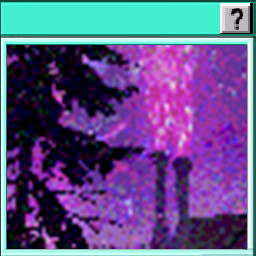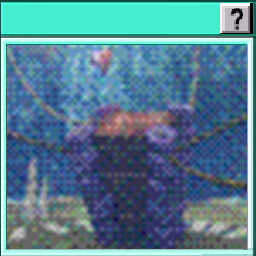О‘ПЃП‡О№ОєО® ОЈОµО№ПЃО¬ О±ОЅО±ОєО¬О»П…П€О·П‚ О›ОЇПѓП„О± О•ПЂО№ОёП…ОјО№ПЋОЅ ОњО±ОіО±О¶ОЇ О ПЊОЅП„П‰ОЅ ОќОО± ОЈП„О±П„О№ПѓП„О№ОєО¬
ОљОџО™ОќОџО¤О—О¤О‘
О•ОіОєО±П„О¬ПѓП„О±ПѓО· Steam
ОЈПЌОЅОґОµПѓО· | О“О»ПЋПѓПѓО±
з®ЂдЅ“дёж–‡ (О‘ПЂО»ОїПЂОїО№О·ОјООЅО± ОєО№ОЅОµО¶О№ОєО¬) з№Ѓй«”дёж–‡ (О О±ПЃО±ОґОїПѓО№О±ОєО¬ ОєО№ОЅОµО¶О№ОєО¬) ж—Ґжњ¬иЄћ (О™О±ПЂП‰ОЅО№ОєО¬) н•њкµм–ґ (ОљОїПЃОµО±П„О№ОєО¬) ไทย (О¤О±ПЉО»О±ОЅОґО№ОєО¬) Български (О’ОїП…О»ОіО±ПЃО№ОєО¬) ДЊeЕЎtina (О¤ПѓОµП‡О№ОєО¬) Dansk (О”О±ОЅО№ОєО¬) Deutsch (О“ОµПЃОјО±ОЅО№ОєО¬) English (О‘ОіОіО»О№ОєО¬) EspaГ±ol – EspaГ±a (О™ПѓПЂО±ОЅО№ОєО¬ – О™ПѓПЂО±ОЅОЇО±) EspaГ±ol – LatinoamГ©rica (О™ПѓПЂО±ОЅО№ОєО¬ – О›О±П„О№ОЅО№ОєО® О‘ОјОµПЃО№ОєО®) FranГ§ais (О“О±О»О»О№ОєО¬) Italiano (О™П„О±О»О№ОєО¬) Bahasa Indonesia (О™ОЅОґОїОЅО·ПѓО№О±ОєО¬) Magyar (ОџП…ОіОіПЃО№ОєО¬) Nederlands (ОџО»О»О±ОЅОґО№ОєО¬) Norsk (ОќОїПЃОІО·ОіО№ОєО¬) Polski (О ОїО»П‰ОЅО№ОєО¬) PortuguГЄs (О ОїПЃП„ОїОіО±О»О№ОєО¬ – О ОїПЃП„ОїОіО±О»ОЇО±) PortuguГЄs – Brasil (О ОїПЃП„ОїОіО±О»О№ОєО¬ – О’ПЃО±О¶О№О»ОЇО±) RomГўnДѓ (ОЎОїП…ОјО±ОЅО№ОєО¬) Р СѓСЃСЃРєРёР№ (ОЎП‰ПѓО№ОєО¬) Suomi (О¦О№ОЅО»О±ОЅОґО№ОєО¬) Svenska (ОЈОїП…О·ОґО№ОєО¬) TГјrkГ§e (О¤ОїП…ПЃОєО№ОєО¬) Tiбєїng Việt (О’О№ОµП„ОЅО±ОјО№ОєО¬) Українська (ОџП…ОєПЃО±ОЅО№ОєО¬) О‘ОЅО±П†ОїПЃО¬ ПЂПЃОїОІО»О®ОјО±П„ОїП‚ ОјОµП„О¬П†ПЃО±ПѓО·П‚


 California, United States
California, United States























Inorganic chloramines
Inorganic chloramines comprise three compounds: monochloramine (NH2Cl), dichloramine (NHCl2), and nitrogen trichloride (NCl3). Monochloramine is of broad significance as a disinfectant for water.[3]
Organic chloramines
N-Chloropiperidine is a rare example of an organic chloramine.[4]
Chloramine-T is often referred to as a chloramine, but it is really a salt (CH3C6H4SO2NClNa) derived from a chloramine.[5]
Organic chloramines feature the NCl functional group attached to an organic substituent. Examples include N-chloromorpholine (ClN(CH2CH2)2O), N-chloropiperidine, and N-chloroquinuclidinium chloride.
Chloramines are commonly produced by the action of sodium hypochlorite on secondary amines: